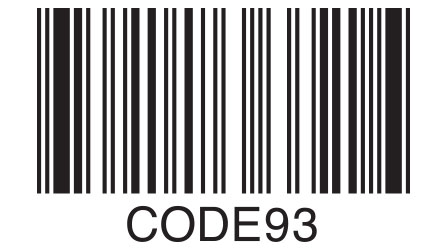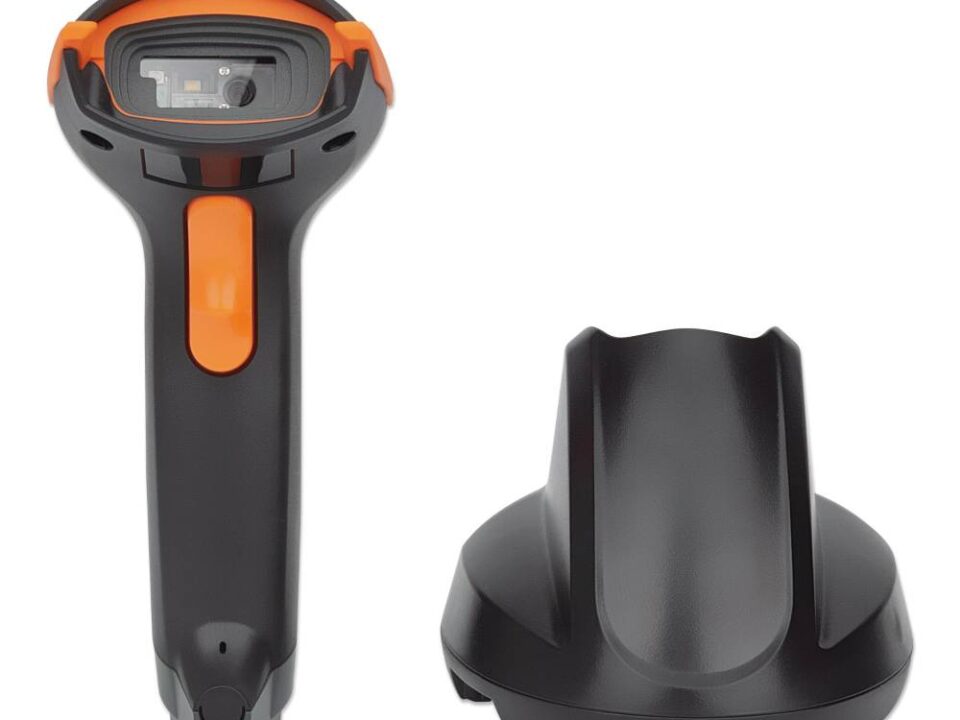The Code 93 Barcode type was originally developed in 1982 by Intermec to improve upon, and compliment, the Code 39 barcode type. Code 93, like Code 39, utilizes the full ASCII character set by using combinations of 2 characters, but was designed to be a higher density code that is also more secure. The symbology derives its name because every character is constructed from 9 modules or elements arranged into 3 bars with their adjacent spaces.
The benefits to using the Code 93 barcode type are grounded in it’s ability to store more information in a smaller space, while enabling additional security within the barcode itself. A label produced in Code 93 is approximately 25% shorter than the same label produced in Code 39. It’s compact size is one of the reasons it’s used today to label electronic components, identify products in retail inventory and provide supplementary package delivery information for the Canadian Post.
Code 93 is an alphanumeric code similar to Code 39 and can encode 48 different characters.
The check digits according to Modulo 47 are not displayed in the plain text line.
Code 93 Extended is based on Code 93 and can encode all 128 ASCII characters. The characters represented by Code 93 are represented in Code 93 Extended as single barcode characters, but all other characters are represented by a control character plus another character. You must take this into account when estimating barcode length.
CODE 93 Symbol Structure
The symbol comprises the following elements:
- Leading quiet zone
- Start character
- Input characters that represent data
- Two check digits
- Stop character
- Trailing quiet zone
Each data character in a Code 93 symbol is made up of six elements: three bars and three spaces. Bars can be one to three modules wide, and spaces can be one to four modules wide. These six elements are spread out over a space that is nine modules wide. (The name “Code 93” derives from the fact that every character consists of nine modules that are arranged into three bars [plus adjacent spaces].)




